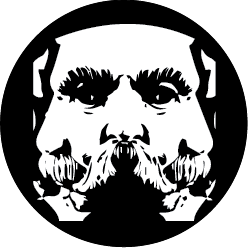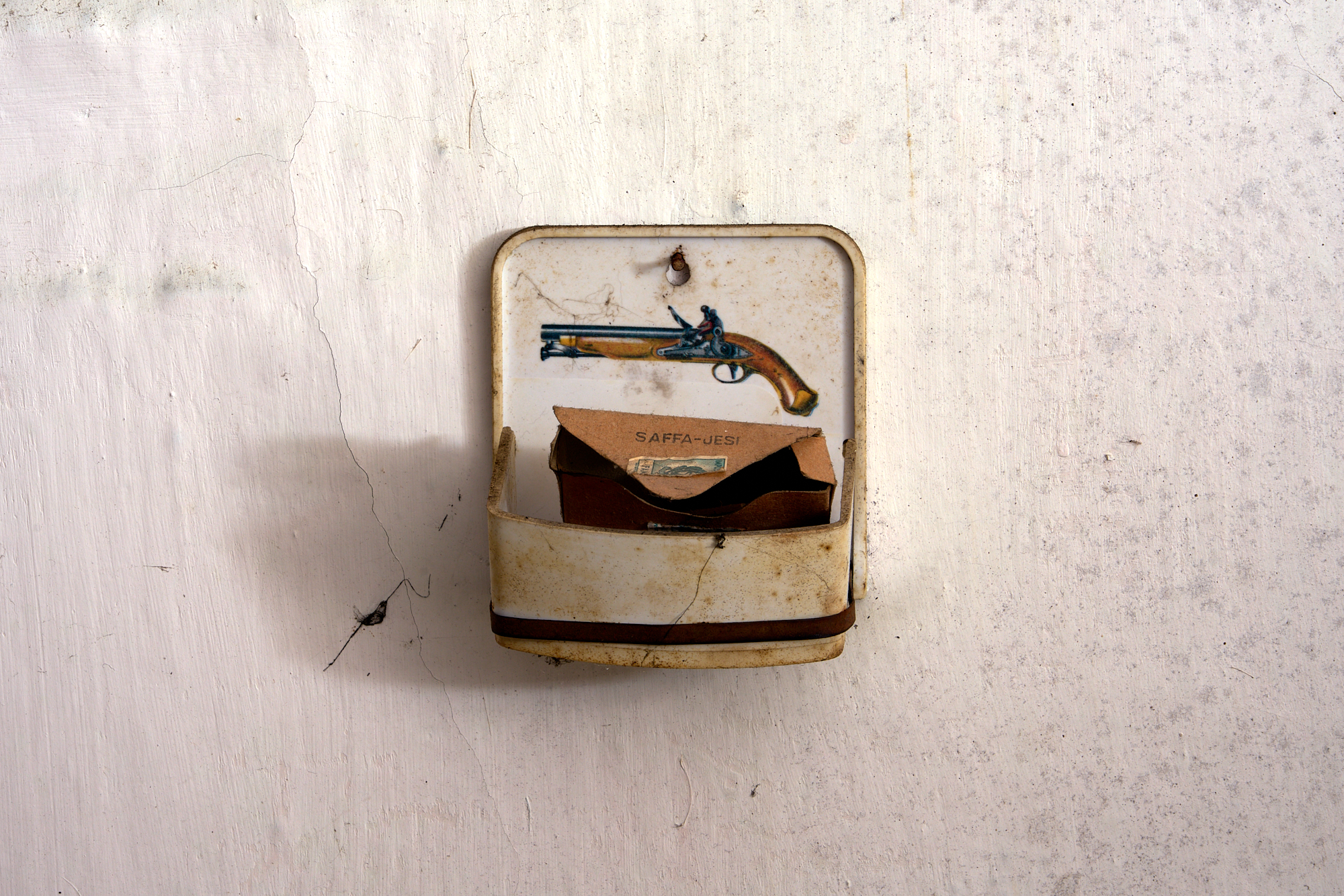Methodology
Excerpt from:
Bonelli, F., “Melting Down Identity: Towards a Pedagogy of Complexity”, June 2024, In book: Achour, M, Manai, A., Ed., The Encounter Between Identity and Innovation: An explosive brake of creativity, Publisher: Edition D.A.C, https://www.researchgate.net/publication/381669853_Melting_Down_Identity_Towards_a_Pedagogy_of_Complexity
In brief
abstract: Melting Down Identity: Towards a Pedagogy of Complexity proposes a methodology rooted in art practice to address complex social and technological challenges by transforming how individuals and groups engage with uncertainty and collaboration. Rather than reducing complexity, it creates situations where participants can step outside fixed roles and identities through structured improvisation, play, and site-specific experimentation, fostering collective intelligence and resilience. Drawing on experiences from Trasformatorio and Le Grand Jeu, it shows how participatory art practices can become tools for co-creating meaningful change within communities, embedding aesthetic, social, and political dimensions into innovation processes. This pedagogy encourages learning together in action, documenting and sharing emergent insights, and treating complexity not as a barrier but as fertile ground for developing more adaptable, inclusive, and sustainable systems.
In Melting Down Identity: Towards a Pedagogy of Complexity, Federico Bonelli describes a methodology for research and action rooted in art practice, intended for contexts where complexity, social transformation, and technological innovation intersect. The paper argues that conventional models of problem-solving often reduce complexity into a set of manageable, linear steps, thereby losing the richness and adaptability required to engage with real-world problems. By contrast, art practices offer models of research and production that are open-ended, participatory, and capable of embracing ambiguity, paradox, and emergence as working materials.
At the heart of this methodology is the recognition that identity itself is not a fixed attribute but a dynamic process shaped by contexts, relations, and perceptions. In innovation contexts, identities can become barriers, creating roles, hierarchies, and expectations that limit the capacity of groups to collaborate and improvise effectively. Melting down identity means intentionally creating conditions where participants can step outside of their habitual positions, allowing new forms of interaction and collective intelligence to emerge. This is achieved through designed situations that encourage play, risk-taking, and improvisation, where the lines between artist and non-artist, expert and amateur, planner and participant are intentionally blurred.
The methodology draws on the author’s work with Trasformatorio and Le Grand Jeu, which have demonstrated how site-specific, participatory art practices can be used to prototype alternative futures in real contexts. In these experiences, temporary autonomous zones are created, within which participants live and work together, exploring the territory, gathering stories and materials, and developing performances and interventions that respond to the local environment. These processes are not about producing objects but about generating experiences and processes that allow for the emergence of new connections, understandings, and potentialities. The aesthetic dimension is not separate from the social and political; it is integral to the way people come to see themselves and their environment differently, making visible the hidden infrastructures of daily life and revealing new possibilities for action.
This methodology is deeply informed by cybernetic and systems thinking, understanding the environment and the observer as part of the same system, and recognizing that interventions in complex systems will always have unpredictable effects. Rather than attempting to eliminate uncertainty, the methodology seeks to engage with it creatively, using improvisation as a means to navigate complexity with sensitivity and adaptability. Improvisation here is not the absence of structure but the presence of an attuned responsiveness, where structures are flexible enough to change in response to emerging needs and discoveries. This is where art practice, with its tolerance for ambiguity and its capacity to create spaces of experimentation, becomes a powerful tool for systemic innovation.
Importantly, the methodology emphasizes the role of documentation and reflection, not as forms of control but as means of learning and sharing the processes and insights generated through these situated experiments. By documenting the processes of melting down identity and navigating complexity, others can learn from these experiments, adapt them to their contexts, and continue to evolve the practices in response to new challenges. The documentation itself becomes part of the collective learning process, extending the impact of the interventions beyond the immediate participants and sites.
In applying this methodology to social and technological innovation, the paper suggests that the design of infrastructures, technologies, and systems should not be seen as separate from the social processes through which they are imagined, created, and maintained. By engaging communities as co-creators and by embracing complexity rather than reducing it, more resilient, adaptable, and meaningful systems can be developed. The pedagogy of complexity advocated here is not about teaching people what to think or do, but about creating the conditions in which people can learn together, discover new capacities, and respond to the challenges of the present with creativity and solidarity.
In sum, Melting Down Identity proposes a methodology that aligns with contemporary needs for approaches to research and action that are collaborative, adaptive, and capable of addressing complex challenges. It positions art practice not on the margins of innovation but at its heart, offering tools and perspectives that are essential for developing a culture of experimentation, reflection, and collective learning necessary for building more just and sustainable futures.
5. A DESCRIPTION OF TRASFORMATORIO METHODOLOGY
Trasformatorio is set in vivo res. You have to be within the context you want to apply to, there is no abstraction layer between the stakeholders and the societal conditions the project has to be applied in. For NGI-LEDGER bootcamp i took the participants teams for a full formed exercise in an area of Sicily comprised by the city of Milazzo and part of the province of Messina. In this environment I could show the teams all kind of contradictions between communication and logistics (build on the experience about how to get there), resources (the harbor, commercial fishing, the castle, tourist attractions, the marina area, the oil refinery and so on). We used our knowledge of the place to at the same time allow the teams to flow from one node to another of our own local network and to discover by themselves new elements to be added to this knowledge.
Trasformatorio has to be applied when participation is welcome. It can be that criticism wants to be shaped in positive directions, for example in the field of design of projects within participated budget in the commons. Feedback is not only welcome but we want to shape it in forms that are usable to shape the project. We must teach to participants and allow usable and positive feedback
Situations are designed to allow positive feedback and discourage sabotage. Spam, sabotage and toxicity of behaviors are possible and if stakes are high their force grows in inverse proportion with the perceived value of the project.
Project has to have high stakes for the participants. Performative arts projects have often an existential motivation and a strong open component . In the NGI-LEDGER case this exercise would lead to an evaluation of the 16 participants that would unlock only for half of them the access to another part of the founding. This X-factor competitive setup was not optimal to build collaboration and created many problems.
The facilitation core group is an experienced artist production team This -value aligned and battle tested- core group has to create and control a situation within the place were all are considered as participants. In NGI-LEDGER bootcamp for example we prepared to the arrival of the teams in a environment I had worked in during previous 4 editions of the lab in 8 years, with the participation of my production team composed by Giuseppe Morgana (art expert and producer), Emanuela Ravidà (Visual Artitst), Mosè Previti (Art Critic), Simona Tarantino (Artist), the videographer Margherita Diurno and myself. All the team components aside of Margherita and myself are originally from Sicily and lived in Milazzo and the province of Messina.
The designer effort and attention is set on the component of the situation and to their flow. In NGI-Ledger program I followed the teams in the previous 6 months in a variety of workshops. The bootcamp was set to be the last of these events before the team effor was evaluated.
The narrative of the work has to be shaped and controlled by the designers. In the NGI case this was one through the documentary form of the documentation taken https://vimeo.com/376193538. and the form of project deliverables to be authored by the memebers of the consortium. The extra layer of difficulty of training them as well to this type of action -and therefore integrate them into the methodology- created extra layers of complexity.
Trasformatorio is designed with some level of friction in mind. Friction between participants, between ideas and ways to express them, with the environment and its inhabitants. Some times the energetic forces involve brakes the dam in the foreseen directions, sometimes in ways that can be controlled, sometimes not. What cracked my NGI-Ledger plan in the end was, to use the available metaphor, the big game inside and outside the consortium. I had to resign in 2020 and the project was saved by the high tolerance to failure induced by the covid19 pandemics.
All are to be considered participants at equal right, either internal to the production group, to the consortium people that had various roles in the bootcamp exercise and to the teams of the startups, that represented a variety of different approaches. We used our network to include actors in the situation. For example the owner of the hotel, former president of the local commerce association, the chef of a local high level restaurant as an expert of food, the director of a local brewery and the director of a electro mechanical research facility as well as the director of a technical high school and the one of local foundation that owns much of the land. The situation we created, taking in account the presence of the startups and the umbrella of the EU project allowed us to approach any other instance or curiosity proposed by the teams. In the Trasformatorio Lab, were the external component is more limited but the time for the interaction is longer is important to include in the participants as well the inhabitants of the village or neighborhood that have been encountered by the artists during the production phase and that will transform in accomplices or enablers of their performances.
The outcome is not known a priori. This is a change of prospect that should be included by default in projects that are about innovation but is not. For example the project have to state the objective before it is financed, its budget has constraints that allow only small movement of resources and the outcomes have to be measured by KPI stated a priori that don’t cover usually the most innovative findings of such type of project for which we advocate the use of art lead methodologies like trasformatorio.
Trasformatorio is set to recognise (and eventually exploit) Serendipity through guided improvisation17
[17] A complete description of this characteristic of the trasformatorio methodology has been exposed in: Sauer, S., Bonelli, F., “Collective improvisation as a means to responsibly govern serendipity in social innovation processes”, Journal of Responsible Innovation 7(4), 2020, DOI: 10.1080/23299460.2020.1816025
This happened in many ways during the work for the NGI-Ledger bootcamps. In this the guide into developing the methodology takes much from post-dramatic theater and performance arts were projects have a short life cycle and teams are gathered and dissolved fast and produce their own materials. Has then became standard that the creative team works together with the technical team and interchange roles.
More:
Methods are to be considered before and after an action. Not during. We have amassed a certain amount of experience and worked on it wile interfacing with so many other experts, coming from all kind of venues: citizen science, advocacy, civil rights, cooperative, CoFi, permaculture, social innovation and other arts, from theater to documentary and performance.
To prepare, produce and post-produce an action on the terrain is the via regia.


